What would happen if the government suddenly announced that from next week it was ending all lockdown measures and that life could go back to normal? Would we end up with the dreaded second spike as people were suddenly released to go and celebrate in pubs and clubs, jamming public spaces, spreading the virus as they travelled about the country? We have a possible answer to this question because this same experiment was carried out in Wisconsin on 15 May when the US state’s supreme court overthrew the governor’s ‘stay at home’ order. Governor Tony Evers was disgusted by the move, precipitated by the state legislature and won on a technicality. He declared his state to be the ‘Wild West’ and predicted a surge of deaths.
What happened in the fortnight following the supreme court’s decision has now been studied by the National Bureau of Economic Research. Its conclusion? There was no discernible effect on the infection rate. This was not necessarily much to do with the virus itself, however. Wisconsin’s 5.8 million residents simply refused to exercise their new found freedoms. Rather they continued with their own self-imposed lockdown.
Five of the state’s 72 counties imposed their own local stay at home orders, but the vast majority did not. People were suddenly free to resume ordinary life. The researchers studied what happened next via smartphone data. Taken across the state as a whole, prior to the lifting of the lockdown just under 40 per cent of residents were staying at home all day. In the two days immediately following the lifting of the order this briefly fell to just over 30 per cent. Yet two days after that it shot up to 45 per cent – higher than it had been throughout the first half of May. From that peak, there then followed a slow decline in the proportion of people staying at home all day.
There was a similar pattern when the researchers looked at the median number of hours people were spending at home. In the first two days it fell, then it spiked, and then it fell away steadily. It was as if a few people reacted to the lifting of the order by rushing out to enjoy themselves – or maybe to check on relatives – and then voluntarily retreated back indoors.
We have learned a lot about the virus in recent weeks but we have also learned a lot about human behaviour. Boris Johnson is reported to have said recently that he never imagined that it would be so easy to take away people’s freedom – nor that it would be so hard to give it back. Either through a sense of public duty, or simply through fear for their own safety, people have taken it upon themselves to impose their own personal lockdowns even when the law does not demand that they do so. This could have consequences for the economy, if people continue to shy away from non-essential shops when they are allowed to reopen on Monday and from bars and restaurants and other leisure facilities when they are allowed to reopen from July onwards.
Got something to add? Join the discussion and comment below.
Get 10 issues for just $10
Subscribe to The Spectator Australia today for the next 10 magazine issues, plus full online access, for just $10.


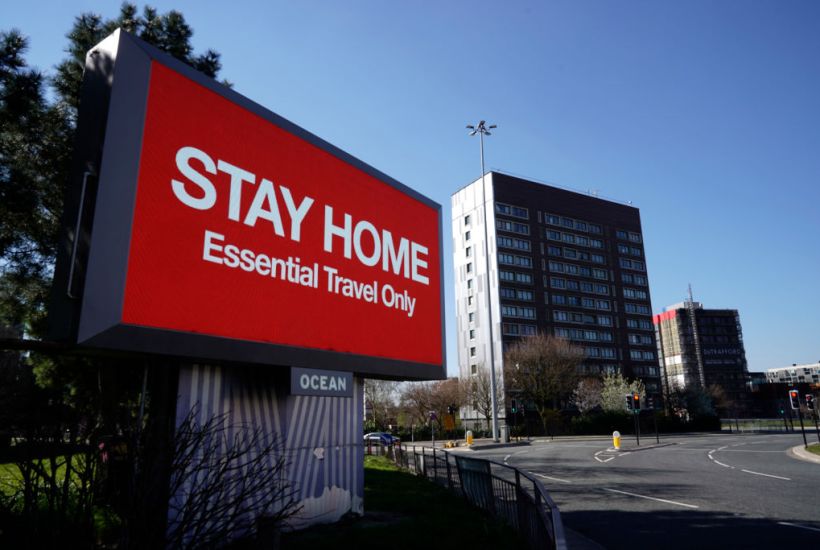
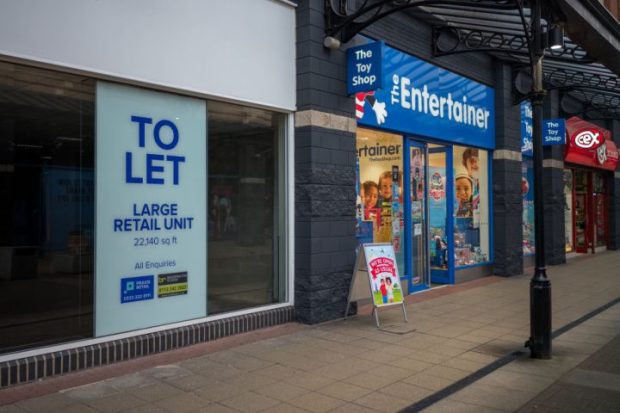
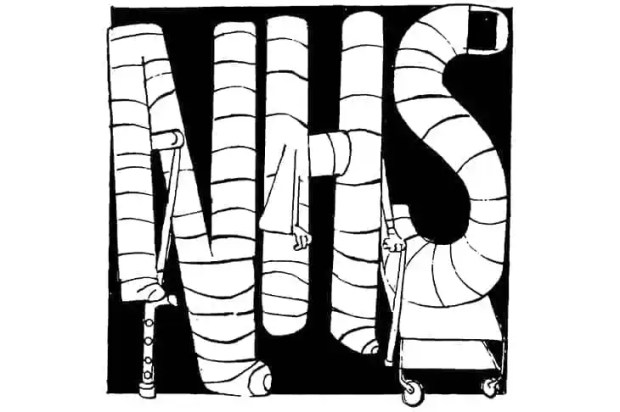
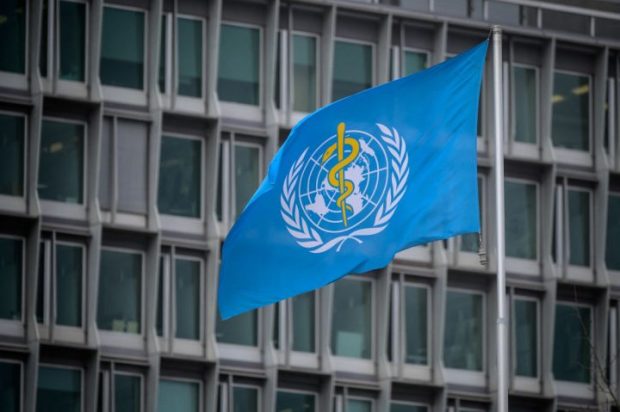

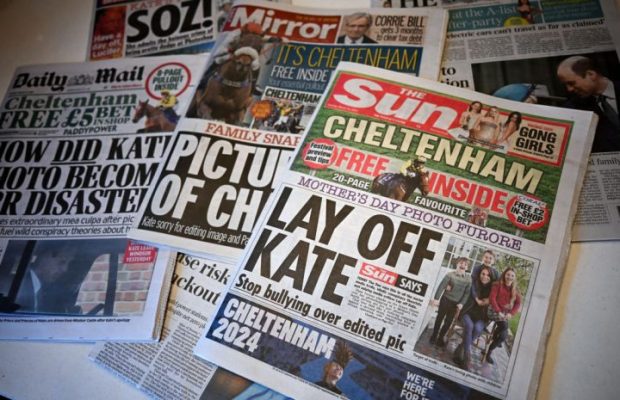












Comments
Don't miss out
Join the conversation with other Spectator Australia readers. Subscribe to leave a comment.
SUBSCRIBEAlready a subscriber? Log in